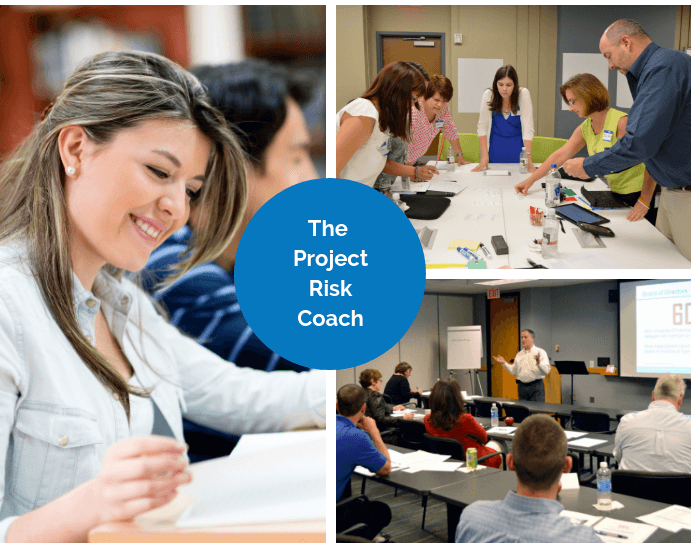John and Sally just left a full-day project management workshop. John said, “Am I the only one who felt like I just wasted a day?” Sally replied, “The trainer lost me in the first thirty minutes. At least, I caught up on my email during the day.”

Are you responsible for project management workshops for a PMI Chapter, a Project Management Office (PMO), or your organization? Let’s talk about how to design workshops that are engaging. Project managers will leave your workshops excited about what they have learned.
8 Ways to Engage Participants
1. Understand Your Audience
Stellar workshops begin with understanding the needs of your audience. Imagine that you are planning a project risk management workshop. Conduct an online survey with the participants to find out their greatest risk management challenges and interests.
2. Build Excitement and Anticipation
Once you’ve determined the needs of your audience, promote the workshop (here's an example). Provide a value-driven agenda for the workshop, illustrating the benefits that participants will enjoy.
3. Perform Group Activities
Periodically conduct group exercises and activities such as an affinity diagram, allowing individuals to meet and engage with new people. Changing the teams for each exercise provides good networking opportunities.
4. Use Variety
One sure-fire way to lose a crowd is doing the same thing all day. Death by PowerPoint for example. Here are some ideas to spice up your workshop:
- Use visuals
- Ask for volunteers for an exercise
- Engage the audience with periodic question and answers
- Show a short video
- Perform group activities
You get the idea. Keep things moving and keep your audience guessing what’s next.
The Project Risk Coach Workshops. Looking for an engaging project management workshop? Let's discuss your needs.
5. Keep Your Energy Level High
The longer the workshop, the greater the chance that energy levels will wain for both the presenter as well as the participants. If you have an all-day workshop, be sure to include engaging activities in the afternoon. Manage your energy, not just your time.
6. Use Case Studies
A case study provides a detailed examination of a case. It provides context for analysis and discussion. The case study could be a project event or condition, a project knowledge area, a project process, or a challenged project. Click here to see an example.
7. Give the Participants an Exercise to Take Home
At the end of the workshop, make a call to action. Give participants a template or an exercise to complete. Here are some examples:
- Ask your participants to complete a project charter
- Have them identify risks for a project
- Have them conduct a lessons learned session
- Suggest that your participants teach an individual or a group something they learned during the day
8. Follow Up
What happens after many workshops? Unfortunately, many people jump back into their daily routines and never apply what they learned. Here are some tips to help individuals take the next steps:
- Send the participants an email inviting them to a website page providing the workshop handouts, additional resources, and challenges
- Plan a follow-up session to allow participants to share their experience in applying the concepts
- Create a Facebook Group or LinkedIn Group and ask people to share examples of their work if possible
Harry Hall, Project Risk Coach
